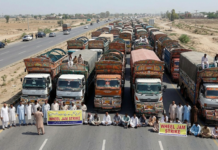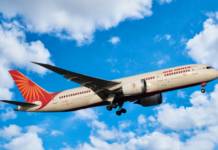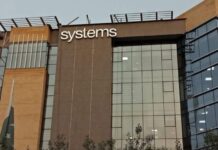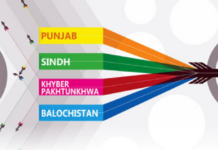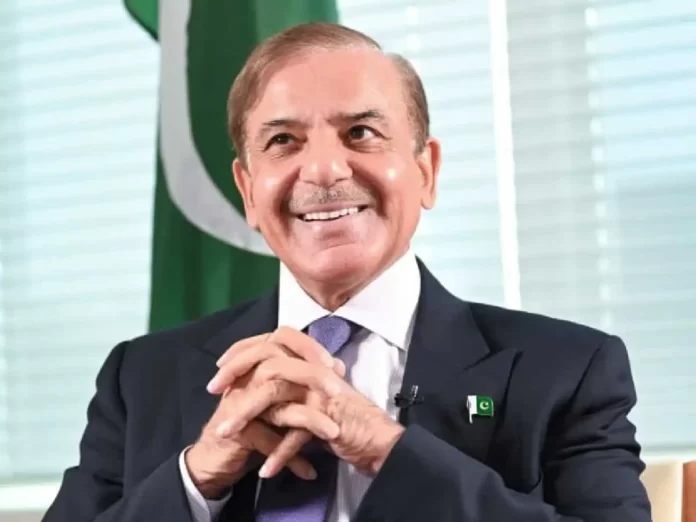Prime Minister Shehbaz Sharif on Friday called for greater regional cooperation through transnational connectivity, saying projects like the China–Pakistan Economic Corridor (CPEC) and cross-border transport networks could transform the region’s economic landscape and usher in a new era of shared growth and stability.
Addressing the closing session of the two-day Regional Transport Ministers Conference in Islamabad, the prime minister said enhanced linkages in trade, energy, and infrastructure represented a win–win proposition for all participating countries. The conference, themed “Regional Connectivity: Opportunities for the Region,” was hosted by the Ministry of Communications and attended by transport ministers and delegates from 20 countries along with representatives of international organisations including the Asian Development Bank (ADB), Economic Cooperation Organization (ECO), International Road Transport Union (IRU), and the United Nations ESCAP.
Shehbaz Sharif said Pakistan’s geography placed it at a strategic tri-junction connecting China, Central Asia, and the Middle East, linking the Arabian Sea and Persian Gulf through ports like Gwadar and Karachi. He noted that the country’s location made it a natural hub for trade corridors that could integrate markets across the broader region.
“Shifting geopolitical realities and the rise of economic interdependence have breathed new life into this ancient corridor,” he remarked, describing modern connectivity as a strategic necessity for the future rather than a relic of the past.
The prime minister also announced that Pakistan was entering an “exciting” second phase of CPEC—CPEC 2.0— focused on business-to-business partnerships, investment facilitation for Chinese enterprises, and mutual prosperity through technology and innovation. He praised the vision behind the original CPEC framework, calling it a transformative experience that had connected China, Central Asia, South Asia, and the Middle East through new trade and energy routes.
Highlighting ongoing transport initiatives, Shehbaz cited progress on Trans-Afghan Railways, the Islamabad–Tehran–Istanbul rail corridor, and plans to expand air connectivity with Central Asian republics under frameworks such as the TIR Convention. He added that Pakistan’s commitment to connectivity extended beyond physical infrastructure to digital and technological integration, essential for catching up with the Fourth Industrial Revolution.
Calling youth Pakistan’s greatest resource, he said around 60 percent of the population aged between 15 and 30 represented both a challenge and a vast opportunity. “We may not have black gold, but our youth are our greatest asset — the harbingers of Pakistan’s future progress,” he said.
Later, the prime minister toured the exhibition area, visiting stalls set up by National Logistics Corporation (NLC), National Highway Authority (NHA), and Pakistan Railways, where he interacted with representatives of various companies.
In his concluding remarks, Minister for Communications Abdul Aleem Khan said participants had reaffirmed their commitment to regional connectivity as a pathway to shared opportunity and prosperity. The conference, he noted, underscored the need for innovative financing, liberal visa regimes, road safety measures, and stronger partnerships with international financial institutions to facilitate practical cooperation.
He expressed confidence that the dialogue would pave the way for joint ventures and actionable initiatives in the months ahead, reiterating that Pakistan stood ready to support all efforts aimed at advancing regional cooperation and economic integration.


